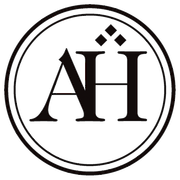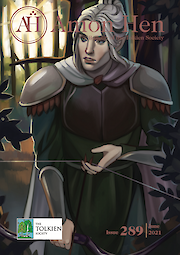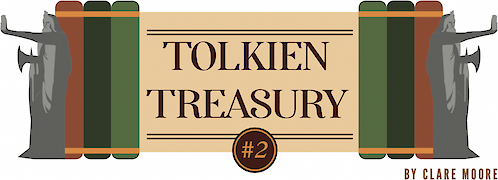
From the editor’s desk
Cate Billing, p. 2
… Spring is on its way and we have even more reason than usual to look forward to its arrival. With assorted Covid-19 vaccines working their way through the population, and pubs, restaurants, and other businesses gradually reopening, it seems as though we might finally be through the worst of this crisis. Perhaps we’ll soon be able to get back to meeting in person.…










